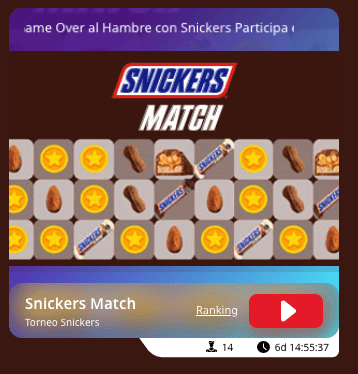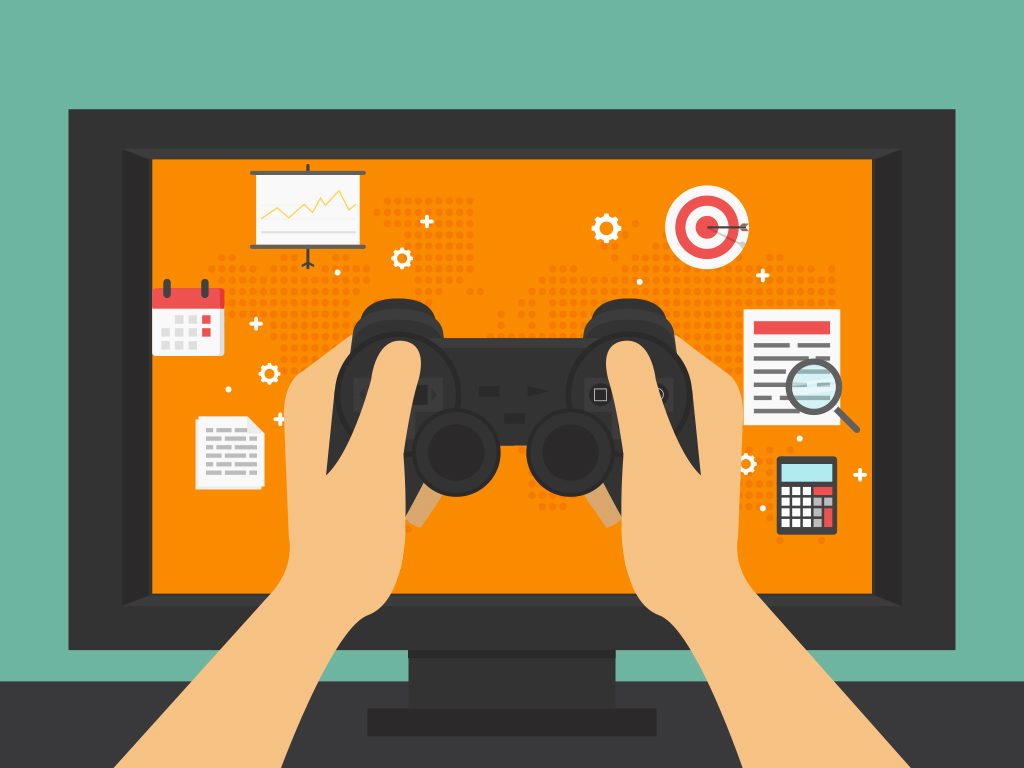
Gamification is a concept that has become increasingly popular in recent years, particularly in the world of business and marketing. The idea behind gamification is simple: by incorporating game-like elements into non-game contexts, it is possible to make those contexts more engaging, enjoyable, and ultimately, more effective. But what is it about gamification that makes it so important, and why should we be paying attention to this trend? Let’s get into it!
What is Gamification?

One of the key reasons why gamification is so important is that it taps into our innate human desire for challenge, competition, and reward. Games are uniquely able to capture our attention and motivate us to take action, whether that means completing a task, learning a new skill, or simply having fun.
By incorporating game-like elements into non-game contexts, gamification is able to leverage these same motivations and apply them to real-world situations. This can lead to a variety of benefits, including increased engagement, improved learning outcomes, and more effective behavior change.
Importance of Gamification

Gamification is not just about motivating individuals; it can also be a powerful tool for building communities and driving social change. Gamification is an incredibly powerful tool that has the potential to revolutionize the way we approach a wide range of problems and challenges. By tapping into our innate desires for challenge, competition, and reward, gamification has the ability to engage and motivate individuals in ways that traditional approaches simply cannot match.
So what does successful gamification look like? Generally speaking, it involves incorporating elements of game design (e.g., points, rewards, levels) into everyday activities or tasks—think competing against colleagues for sales quotas or climbing the ranks of an online leaderboard with every new customer acquisition. It also involves providing incentives for achievement—such as public recognition or tangible rewards like gift cards or swag items—as well as offering tools that make completing tasks easier and/or more enjoyable.
Examples of Gamification
- School – A gamified learning environments were able to improve student engagement and performance, particularly in subjects that students had previously found difficult or uninteresting
- Fitness – Gamified fitness apps have been shown to increase physical activity levels, as users are motivated by the sense of achievement that comes from completing challenges and earning rewards.
Successful Gamification Strategies
Generally speaking, it involves incorporating elements of game design (e.g., points, rewards, levels) into everyday activities or tasks – think competing against colleagues for sales quotas or climbing the ranks of an online leaderboard with every new customer acquisition. It also involves providing incentives for achievement – such as public recognition or tangible rewards like gift cards or swag items – as well as offering tools that make completing tasks easier and/or more enjoyable.
In addition to motivating existing employees to be their best selves, gamification can also help businesses attract new talent by giving candidates tangible goals they can strive towards while applying for jobs. This type of system allows applicants to show off their skills in real-time and demonstrate what sets them apart from other applicants – all while having fun!
Watch this video to understand more about how to use Gamification Strategy in Marketing!
Conclusion
At the end of the day, understanding why gamification is important boils down to recognizing its power as both an engagement tool and a performance motivator. When used correctly and strategically by companies looking for better results from their teams, this technique has proven time after time that it’s worth taking seriously – so don’t forget about it – level up your operations today!






















